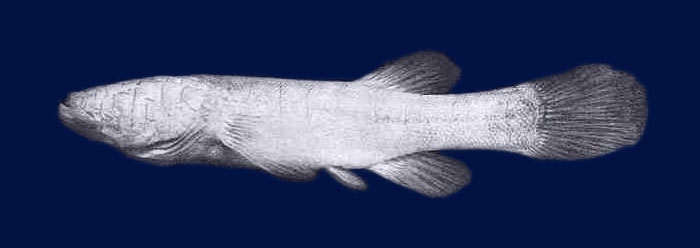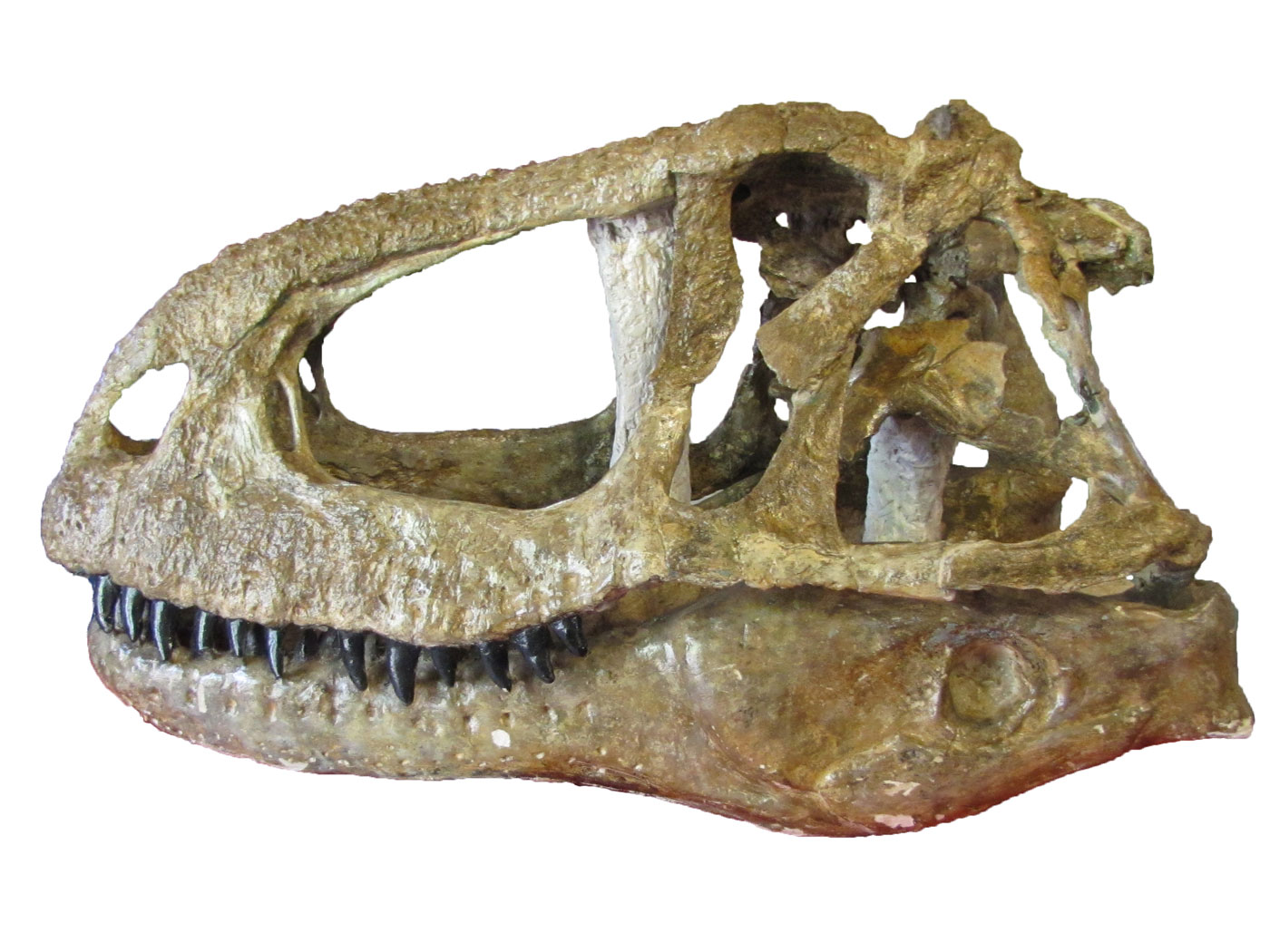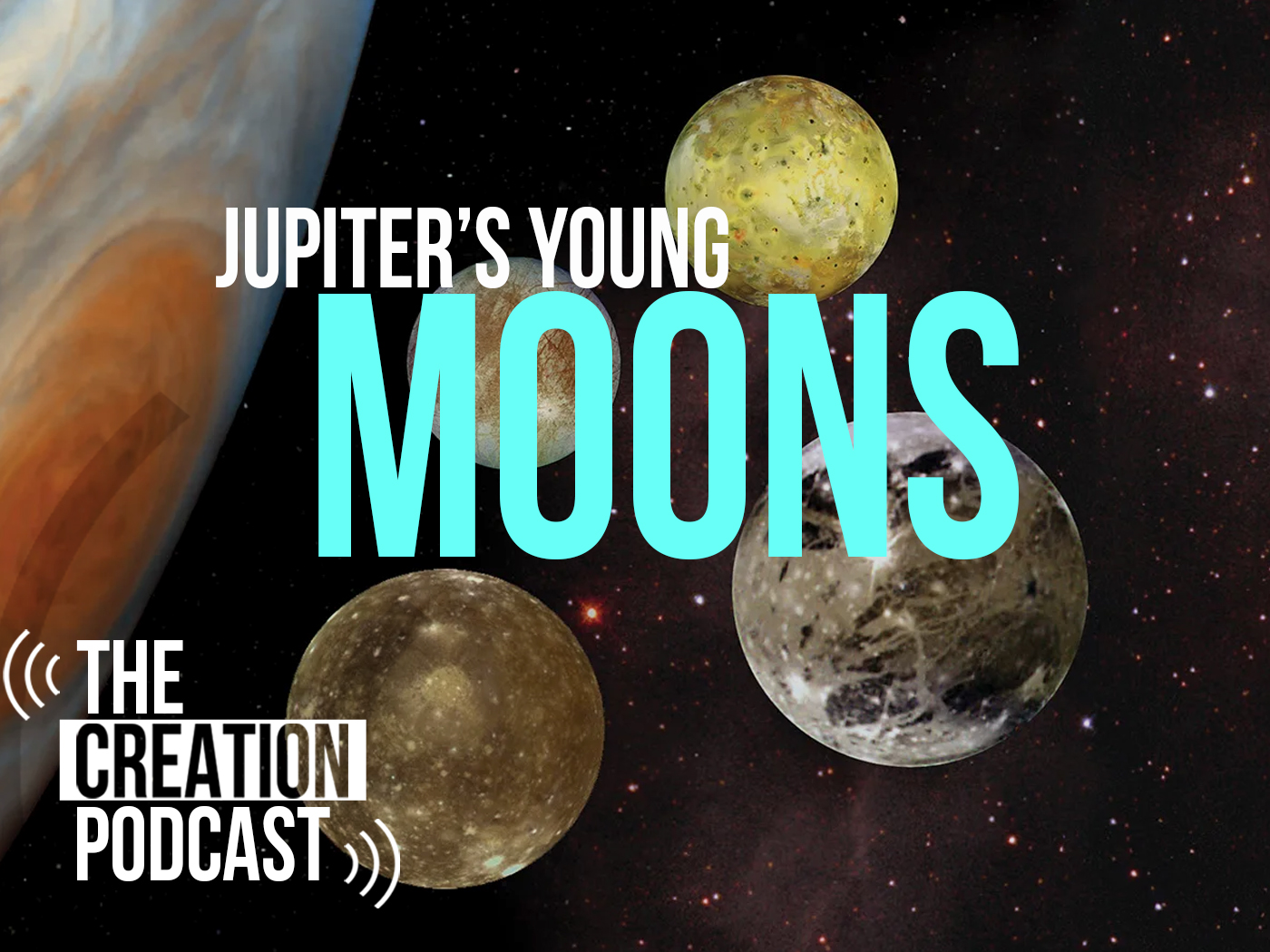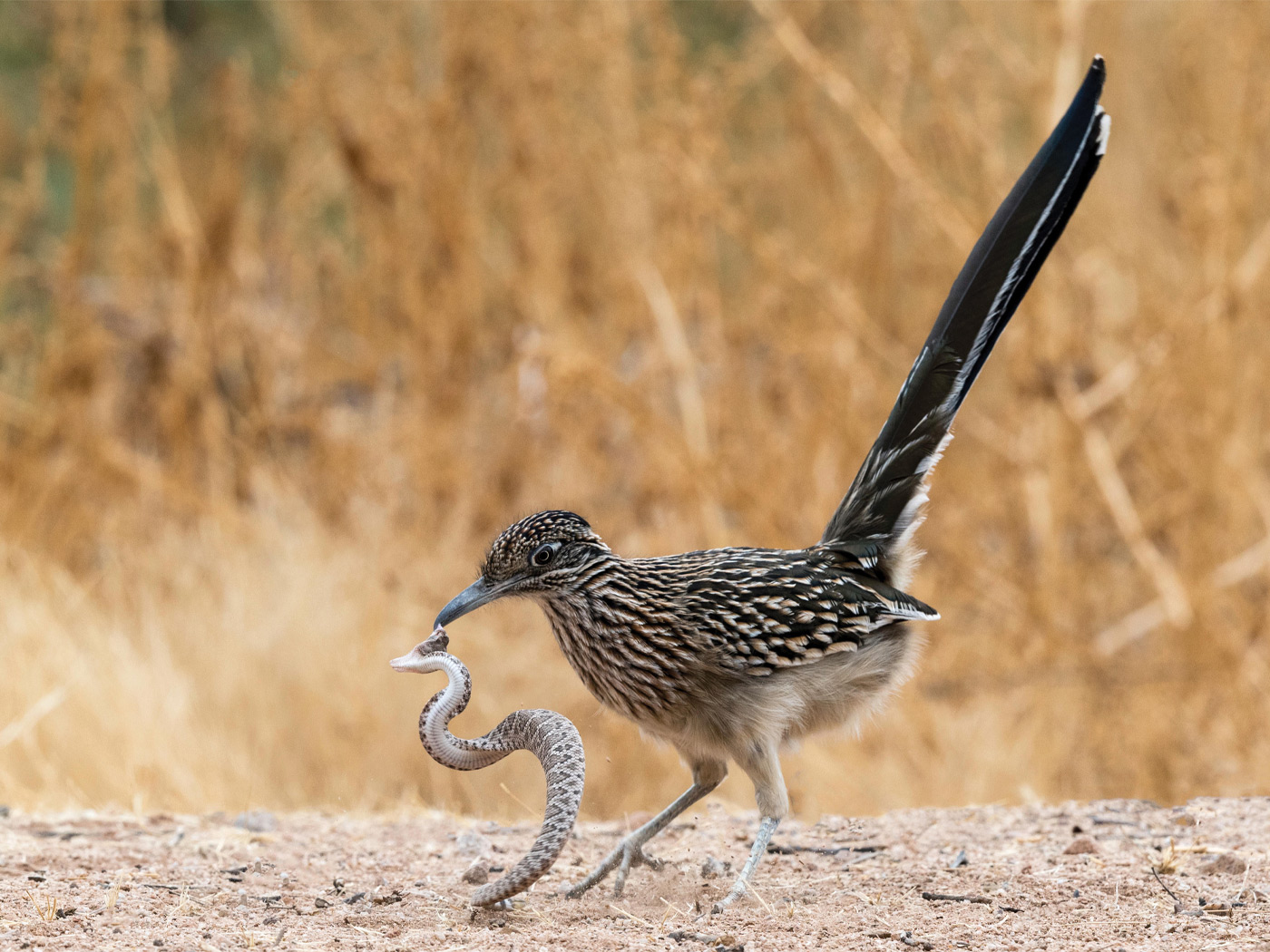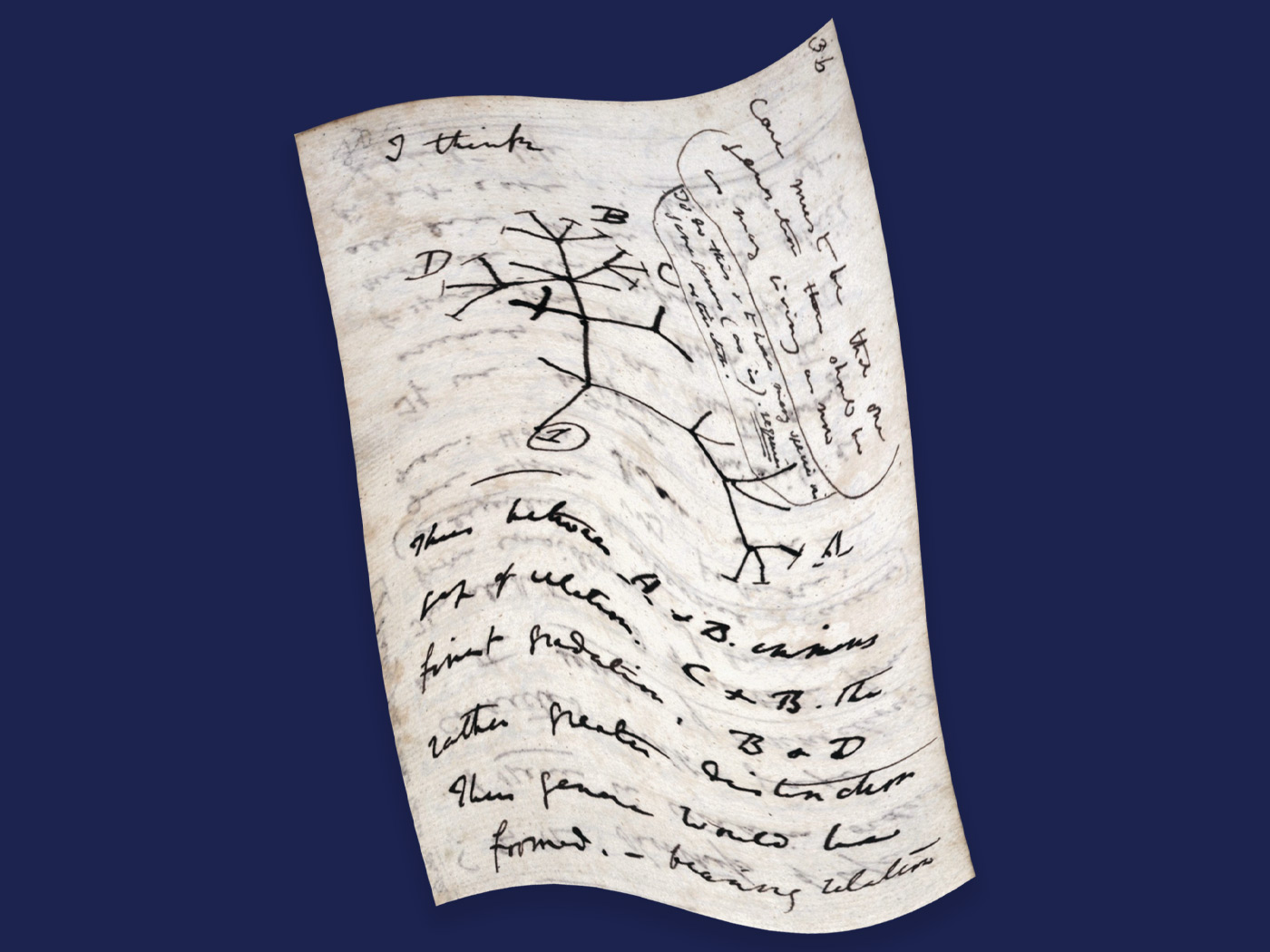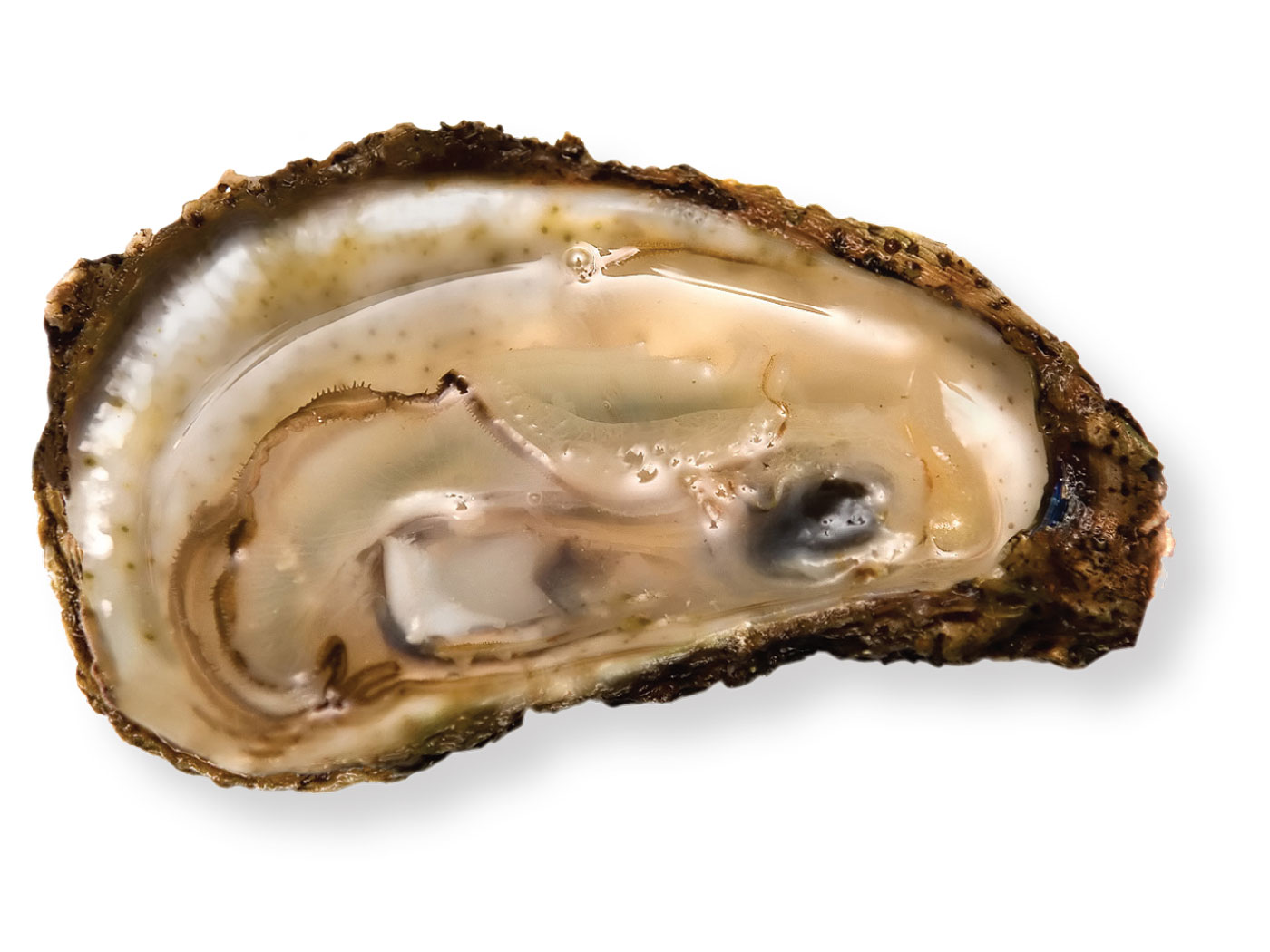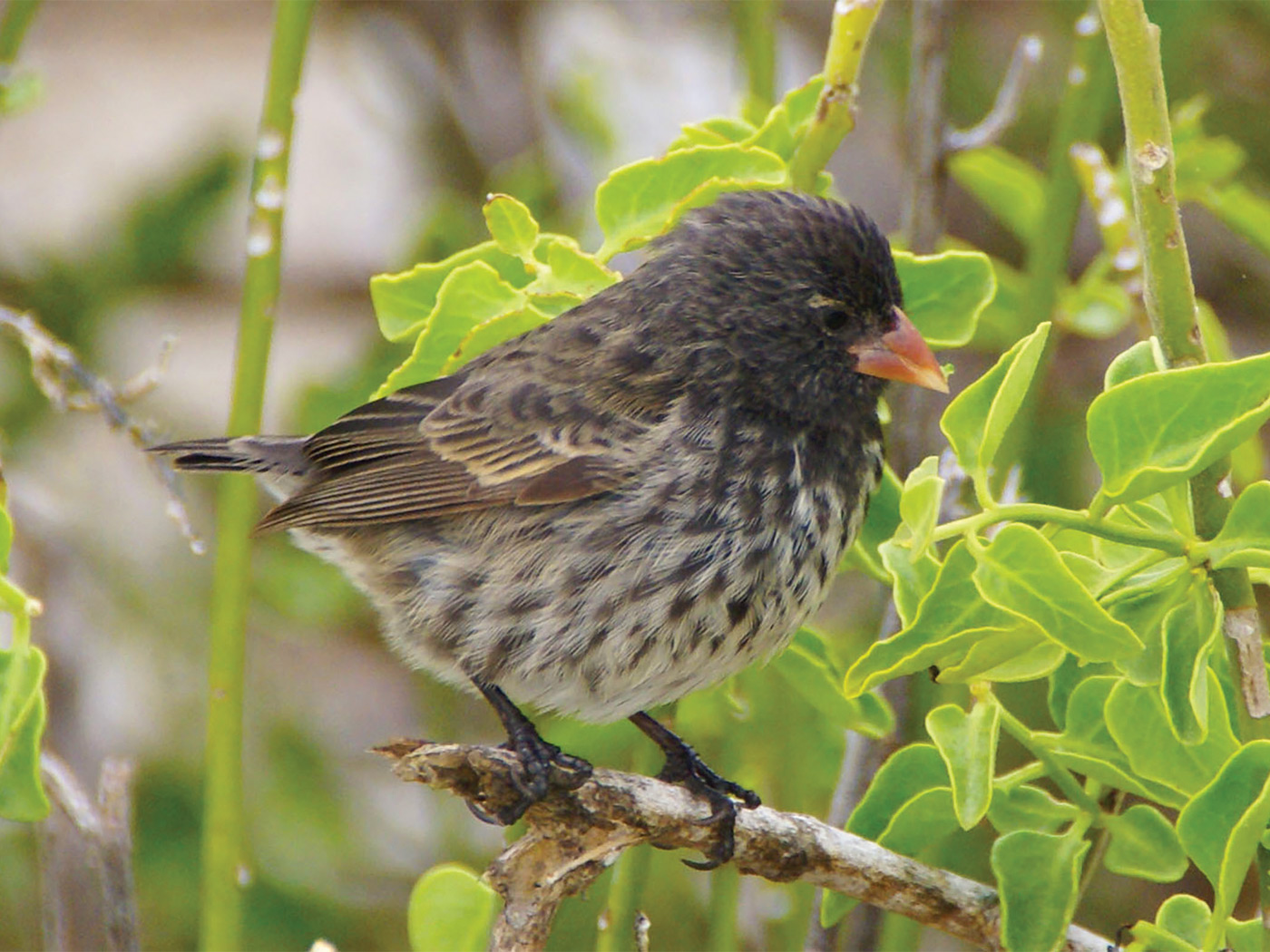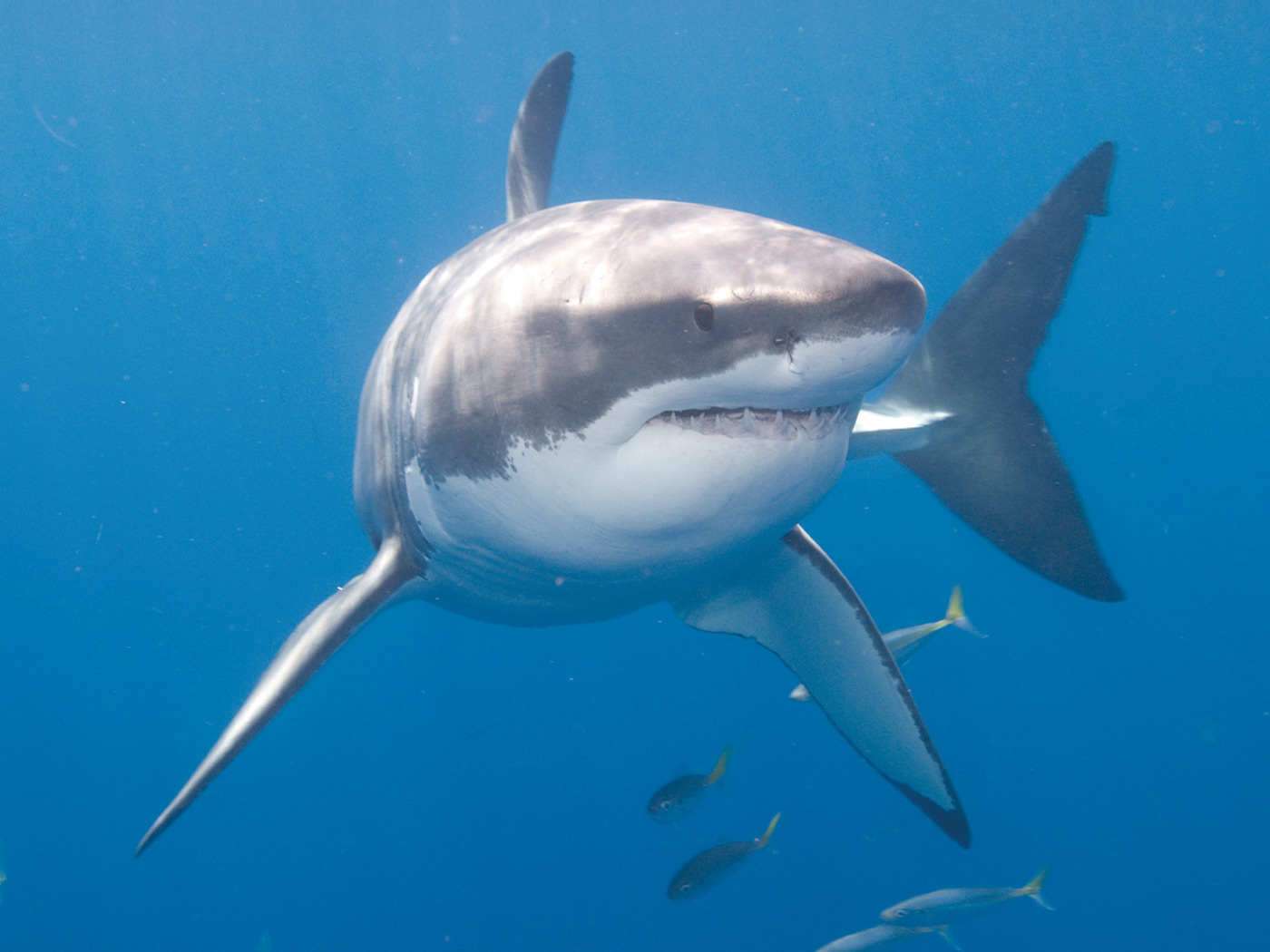One hundred and fifty years ago, Charles Darwin published his proposal that all creatures on earth emerged naturally from a common ancestor through a process of gradual change. Although this hypothesis rapidly pervaded Western thinking about origins, substantial corroborating evidence for such morphing between various organisms has not materialized. And a new report of “evolution in action” still fails to add support.
In a study recently published in Current Biology, researchers studied museum specimens collected over a period of 130 years in Fiji of butterflies called Great Eggflies (Hypolimnas bolina). They found that some of the source populations rapidly alternated between having a predominance of females and having an even number of both sexes. They correlated this phenomenon with the activity of the bacterial parasite Wolbachia, which infects only the males. While the bacteria were active, one population contained ten times more females than males. When the bacteria lost their ability to infect, the number of males and females equalized.
These observations led the researchers to conclude that this is a rare example of being able to “directly observe evolution over short time periods.”1
However, the changes that apparently occurred in these butterfly populations were even less an example of Darwinism than those known to occur with Darwin’s finches on the Galapagos Islands. The famed evolutionist cited these birds as evidence for his theory, but although their beak sizes fluctuate every generation, they remain finches. Likewise, after the alternating ratios of males to females within populations of these particular butterflies stabilized, they were still Great Eggflies.
Thus, “evolution” only really occurred if that term is applied to any kind of change, whether subtle, fluctuating, rapid, or imaginary. But since Great Eggflies, and their bacterial parasites for that matter, remain to this day perfectly identifiable as such, evolution in the grand Darwinian sense has not actually been observed.
If, however, both of these organisms originated from an all-wise Creator, as depicted in the Bible, then variation within stable reproducing kinds would be expected. And that scenario accurately describes the actual observations of Great Eggflies, Wolbachia, Darwin’s finches, and other living things.
Darwin’s personal journals demonstrate that he increasingly rejected a Creator based mostly on the presence of evil in the world. He noticed parasitism among arthropods, similar to the bacteria infecting the Great Eggfly. But such now-harmful organisms may not always have had this destructive function. Genesis 3 describes the intrusion of a multifaceted sin-caused curse upon all creation. God originally made these kinds of creatures to be “very good” (Genesis 1:31), but they have since fallen into a state of disrepair and corruption.2
Small-scale differences in butterfly populations do not add up to Darwin’s grand-scale evolution. These particular changes fluctuate rapidly, but leave no permanent and fundamental alteration to the created kind. This and similar studies, though presented as evolution in action, actually show a fallen creation in action.
References
- A boy for every girl? Not even close. Cell Press news release via EurekAlert!, September 10, 2009, reporting research published in Hornett, E. A. et al. Rapidly Shifting Sex Ratio across a Species Range. Current Biology. Published online September 10, 2009.
- For example, see Thomas, B. Intestinal Bacteria: A Delicate Balance. ICR News. Posted on icr.org October 24, 2008, accessed September 21, 2009.
* Mr. Thomas is Science Writer at the Institute for Creation Research.
Article posted on September 30, 2009.






